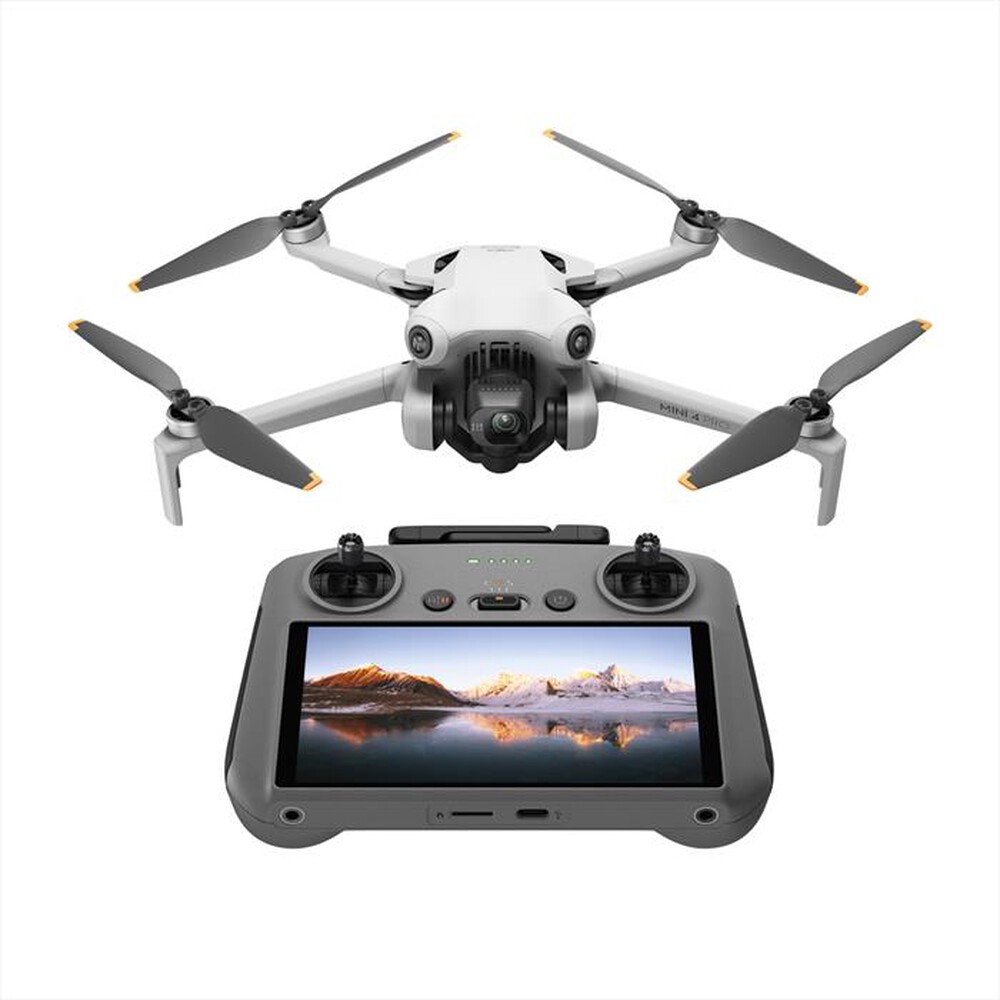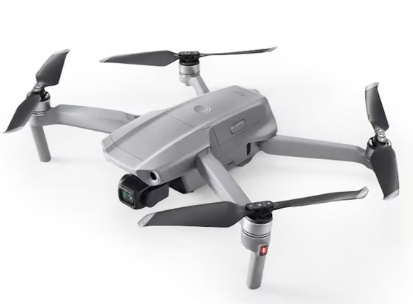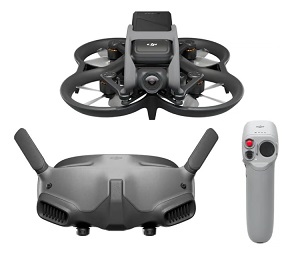T
The Future of Drones: Trends and Innovations
Introduction
Drones, once confined to the realm of science fiction and military operations, have soared into mainstream applications. From capturing breathtaking aerial footage to delivering packages, these unmanned aerial vehicles (UAVs) are transforming industries at an unprecedented rate. The global drone market is projected to reach a valuation of over $100 billion by the end of the decade, driven by rapid advancements in technology and increasing adoption across sectors. In this article, we will explore the trends shaping the future of drones and the groundbreaking innovations poised to redefine their capabilities.
Current Landscape of Drone Technology
Before delving into the future, it’s essential to understand where drone technology stands today. Modern drones are equipped with features such as:
- High-definition cameras for imaging and videography.
- GPS navigation for precise location tracking.
- Obstacle detection and avoidance for safer operations.
- Autonomous flight capabilities powered by advanced algorithms and machine learning.
These capabilities have fueled widespread adoption in industries such as agriculture, logistics, construction, and filmmaking. However, the potential of drones extends far beyond their current applications.
Key Trends Shaping the Future of Drones
1. Autonomous Drones and AI Integration
The next generation of drones will be defined by autonomy. Artificial Intelligence (AI) will play a pivotal role in enabling drones to:
- Navigate complex environments without human intervention.
- Analyze data in real time for applications such as crop health monitoring or disaster management.
- Collaborate in swarms for tasks like search-and-rescue operations.
Autonomous drones will reduce operational costs and enhance efficiency, making them invaluable for both commercial and personal use.
2. Drone-as-a-Service (DaaS)
The emergence of DaaS platforms is democratizing access to drone technology. Companies can now outsource drone-based services such as aerial inspections, surveillance, and mapping without the need to invest in hardware. This subscription-based model is particularly appealing to small and medium-sized enterprises looking to leverage drone capabilities without high upfront costs.
3. Improved Battery Technology
One of the significant limitations of current drones is their relatively short flight time. Innovations in battery technology, including solid-state batteries and hydrogen fuel cells, promise longer flight durations and faster charging times. Extended flight capabilities will unlock new possibilities, such as long-range deliveries and enhanced surveillance missions.
4. Urban Air Mobility (UAM)
Drones are set to play a critical role in the development of Urban Air Mobility systems. Imagine a future where drones deliver goods directly to your doorstep or even transport passengers across cities. Companies like Amazon, Google, and Uber are already investing heavily in drone delivery systems and aerial taxis, bringing us closer to this vision.
5. Enhanced Safety and Regulation
As drone usage expands, safety and regulation will become paramount. Future drones will likely feature advanced fail-safe mechanisms, geofencing technology, and enhanced communication systems to prevent collisions. Simultaneously, governments worldwide are working to establish comprehensive frameworks to regulate drone operations, ensuring they are safe, secure, and privacy-conscious.
Emerging Innovations in Drone Technology
1. Swarm Drones
Inspired by the behavior of insects, swarm drones operate collaboratively to complete tasks. This technology has immense potential in:
- Defense: Coordinated attacks and reconnaissance missions.
- Agriculture: Simultaneous monitoring of vast farmlands.
- Disaster Relief: Rapid deployment for search-and-rescue missions.
2. Bio-inspired Drones
Researchers are developing drones that mimic the flight patterns of birds and insects. These bio-inspired designs promise:
- Greater agility and efficiency.
- The ability to navigate through challenging environments, such as dense forests or urban landscapes.
3. Hybrid Drones
Hybrid drones capable of operating in both air and water are emerging as versatile tools for industries like marine exploration, environmental monitoring, and underwater inspections. These multi-environment drones represent a significant leap in UAV capabilities.
4. Drone-Integrated Internet of Things (IoT)
Integrating drones with IoT networks will revolutionize data collection and analysis. For example:
- Smart cities can deploy drones for real-time traffic monitoring and infrastructure inspections.
- Industries can use drones to inspect equipment, reducing downtime and maintenance costs.
Challenges to Overcome
While the future of drones is undoubtedly promising, several challenges remain:
- Privacy Concerns: Widespread drone adoption raises questions about surveillance and data security.
- Air Traffic Management: Integrating drones into crowded airspace will require innovative solutions.
- Public Perception: Building trust in drone technology will be critical for its widespread acceptance.
Overcoming these challenges will require collaboration between governments, industry leaders, and technology developers.
Conclusion
The future of drones is brimming with possibilities. As technology evolves, drones will become more autonomous, efficient, and integrated into our daily lives. From revolutionizing logistics and agriculture to enhancing disaster response and urban mobility, drones are set to play a transformative role across industries.
However, realizing this future will require addressing critical challenges and fostering innovation. With the right blend of technology, regulation, and public trust, drones have the potential to reshape the world as we know it—and the sky is truly the limit.



